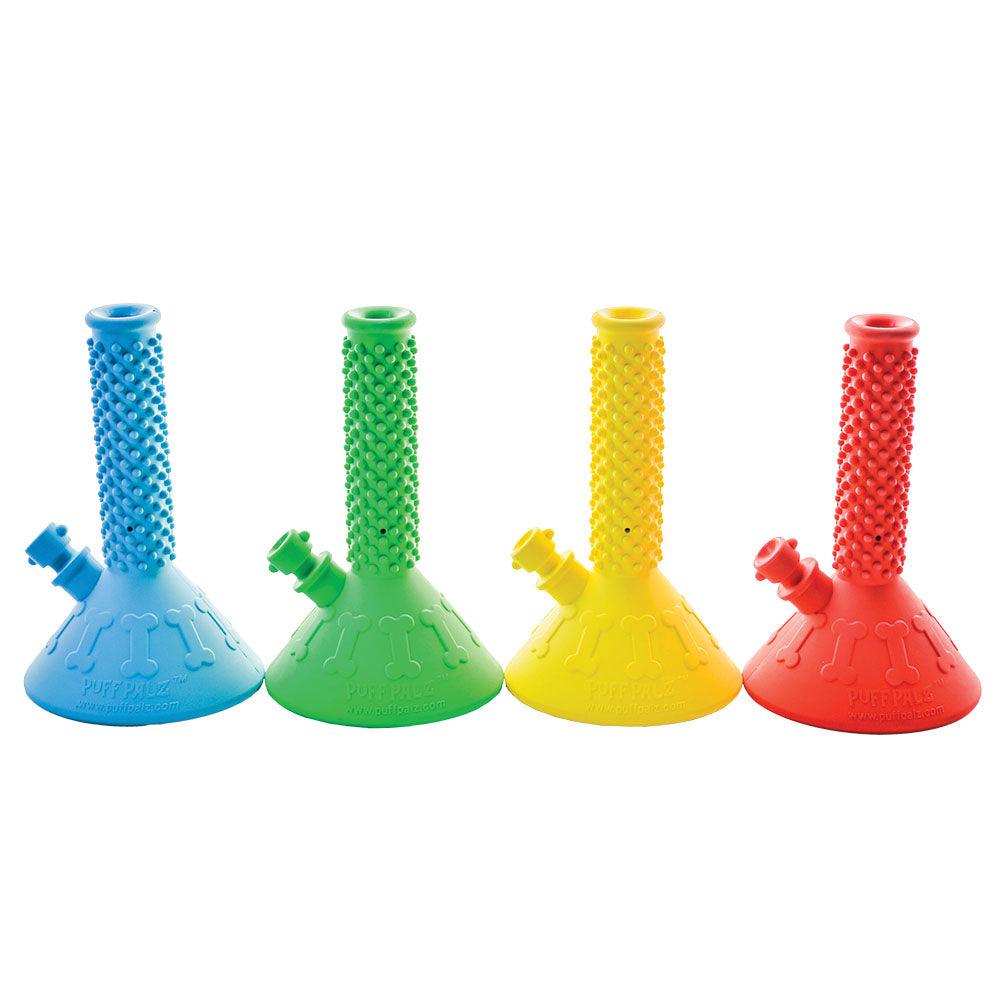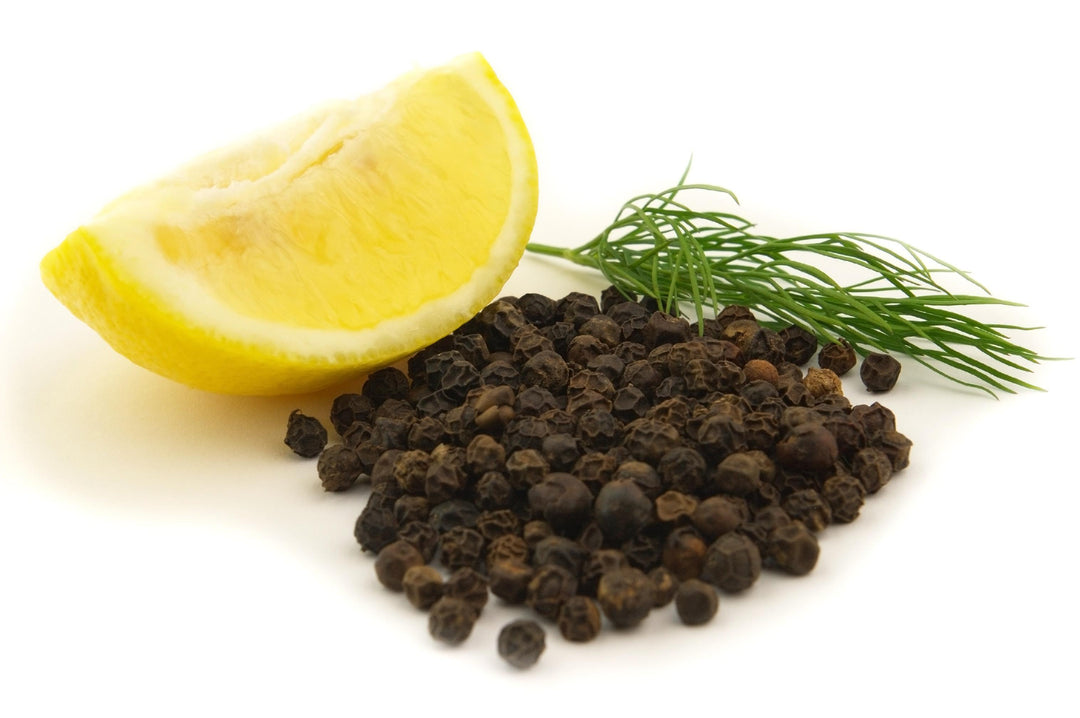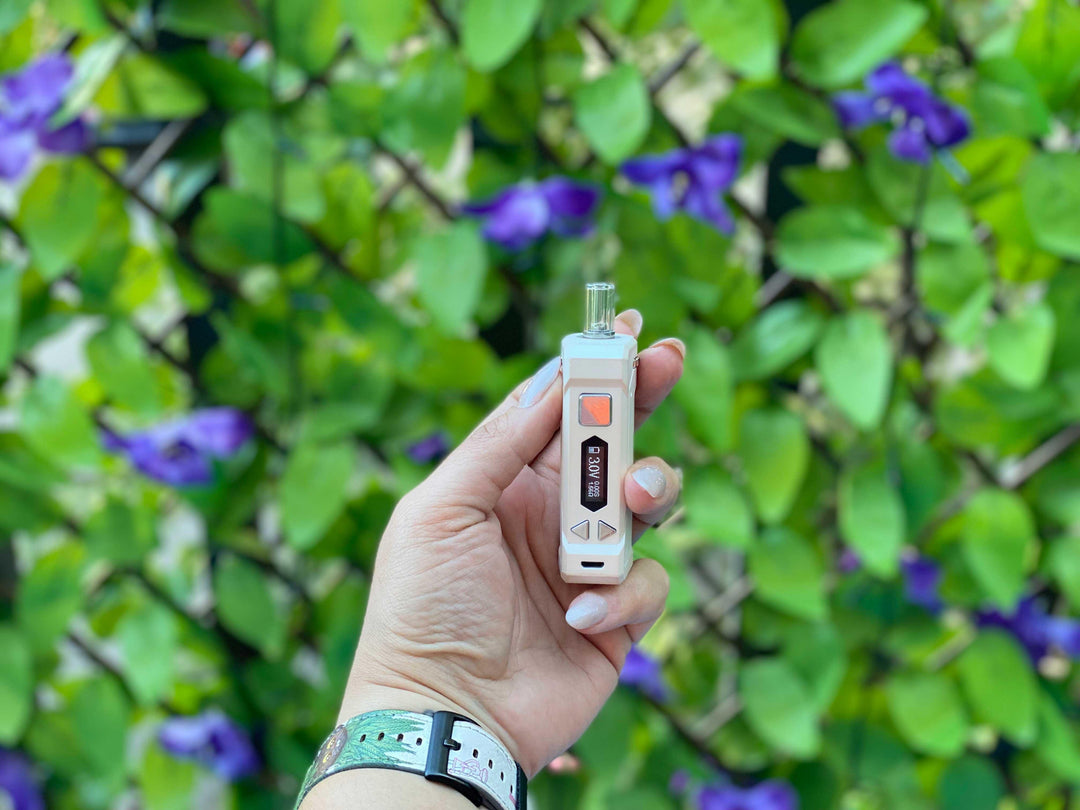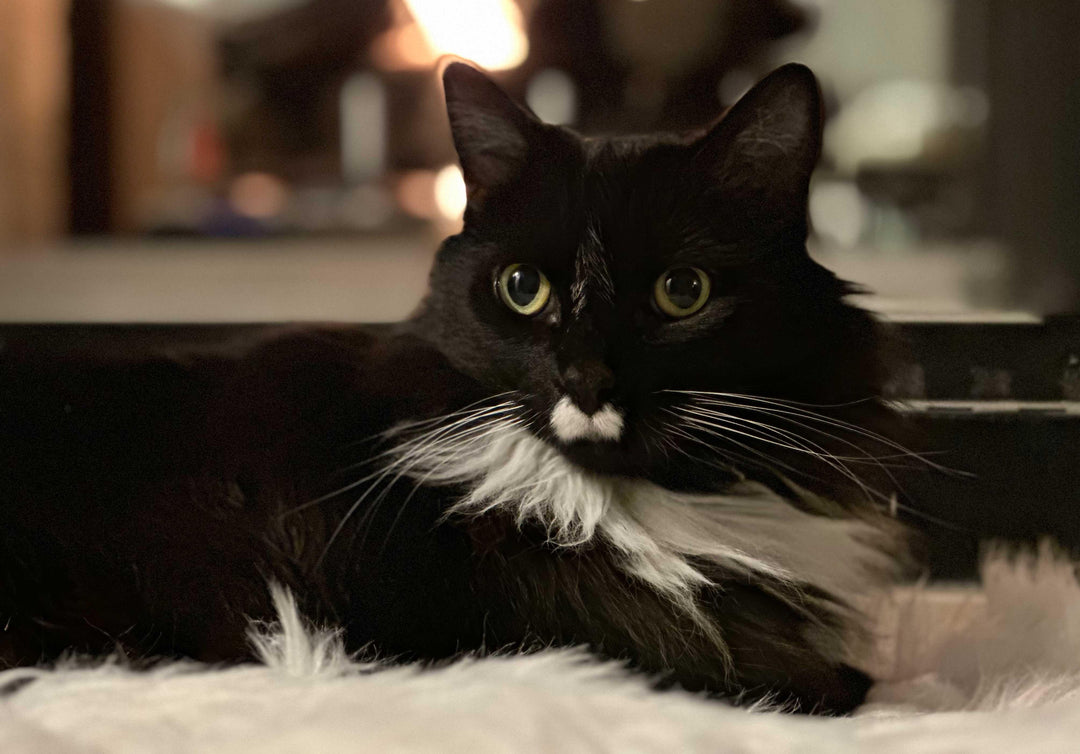Decarboxylation for Beginners: Why and How to Do It

Decarboxylation is an essential step in cannabis preparation, especially if you're making edibles, tinctures, or infused oils. Without it, your cannabis won’t deliver its full effects. If you're new to the process, don’t worry—we'll break it down step by step, including the best methods for decarbing at home, whether you have a specialized machine like a LĒVO or need to do it manually.
What is Decarboxylation?
Raw cannabis contains cannabinoids in their acidic forms—THCA and CBDA. While these compounds have potential benefits, they are not psychoactive. To activate them, you need to apply heat, which removes a carboxyl group (CO₂), converting THCA into THC (responsible for the “high”) and CBDA into CBD (known for its calming and therapeutic effects). This transformation is what we call decarboxylation.
Without decarboxylation, consuming raw cannabis won’t provide the desired effects. Heating cannabis in a controlled way ensures:
-
Maximum potency – More THC or CBD means a stronger final product.
-
Consistency – Whether making edibles, tinctures, or infused oils, decarbing gives you a predictable dose.
-
Efficiency – You get the most out of your flower, minimizing waste.
How to Decarb Cannabis at Home
There are multiple ways to decarboxylate cannabis, depending on the tools you have available. Let’s go over the most common methods, from using a LĒVO machine to more traditional DIY approaches.
1. Decarbing with a LĒVO Machine (Easiest & Most Precise)
If you're looking for a foolproof and smell-controlled way to decarb, LĒVO machines are an excellent investment. These devices automate the process with precise temperature and time settings.
How to Use a LĒVO Machine for Decarboxylation:
-
Load your cannabis into the herb pod.
-
Set the decarb cycle (typically around 240°F for 30-45 minutes).
-
Press start and let the machine do the work.
-
Once done, your cannabis is ready for infusion or direct use.
Why Use LĒVO?
-
No need to monitor temperatures manually.
-
Minimal odor compared to oven methods.
-
Precise and consistent results.
2. Oven Decarboxylation (Most Accessible DIY Method)
If you don’t have a LĒVO machine, an oven is your next best option. It requires some attention but still gets the job done.
What You’ll Need:
-
Cannabis (ground or broken into small pieces)
-
Baking sheet
-
Parchment paper or foil
-
Oven
Steps:
-
Preheat your oven to 240°F (never go above 250°F, or you risk degrading the cannabinoids).
-
Line a baking sheet with parchment paper and spread the cannabis evenly.
-
Bake for 30-45 minutes, gently stirring every 10-15 minutes.
-
Once golden brown, remove from the oven and let it cool.
Pro Tip: Use an oven thermometer to ensure accuracy, as oven temperatures can fluctuate.
3. Slow Cooker or Mason Jar Method (For Smell Control)
If you need a low-smell method, a slow cooker or mason jar can help contain the scent while still effectively decarbing your cannabis.
Slow Cooker Method:
-
Place cannabis in a heatproof bag or jar.
-
Fill the slow cooker with water and set to low (around 200°F-220°F).
-
Submerge the jar or bag and let it heat for 2-4 hours.
-
Once done, remove, cool, and use as needed.
Mason Jar Method:
-
Preheat your oven to 240°F.
-
Place cannabis in a sealed mason jar (not too tightly closed).
-
Bake the jar for 30-45 minutes, shaking it occasionally.
Both methods help trap terpenes, reducing odor and preserving flavor.
4. Sous Vide Method (Water Bath for Precise Control)
For those who want precision without the risk of burning, the sous vide method is a great option.
What You’ll Need:
-
Sous vide machine
-
Vacuum-sealed or ziplock bag
-
Water container
Steps:
-
Set your sous vide machine to 203°F (95°C).
-
Place your cannabis in a vacuum-sealed or airtight ziplock bag.
-
Submerge the bag in water and let it heat for 90 minutes.
-
Remove, cool, and store.
Save Your Vaporized Bud (AVB) for Edibles & Tinctures
Did you know that you can reuse cannabis after vaping? Already Vaped Bud (AVB) still contains active cannabinoids if it wasn’t overheated. If your vaporizer was set at a low to medium temperature (under 400°F), you can save the used cannabis and repurpose it for edibles, tinctures, or even capsules.
How to Use AVB Cannabis:
-
Edibles: Sprinkle AVB directly onto food or mix it into butter/oil for infusions.
-
Tinctures: Steep AVB in high-proof alcohol for a few weeks to extract remaining cannabinoids.
-
Capsules: Fill empty capsules with AVB for easy dosing.
-
Tea or Coffee: Stir AVB into a hot drink with milk or cream (since THC binds to fat).
Storage Tips for Decarbed Cannabis
Once your cannabis is decarbed, proper storage is key to maintaining its potency and freshness.
-
Store in an airtight glass jar.
-
Keep it in a cool, dark place away from direct sunlight.
-
Avoid exposure to humidity (below 65% RH) to prevent mold.
-
If storing long-term, vacuum-sealing can help preserve freshness.
Decarboxylation is a must-do step if you want to maximize the effects of your cannabis. Whether you use a LĒVO machine for a hands-off, precise process or go the oven, slow cooker, or sous vide route, there’s a method for everyone. If you're serious about making edibles, tinctures, or infused oils, check out our selection of infusers—they make the process effortless and ensure the best results!
Happy decarbing!










